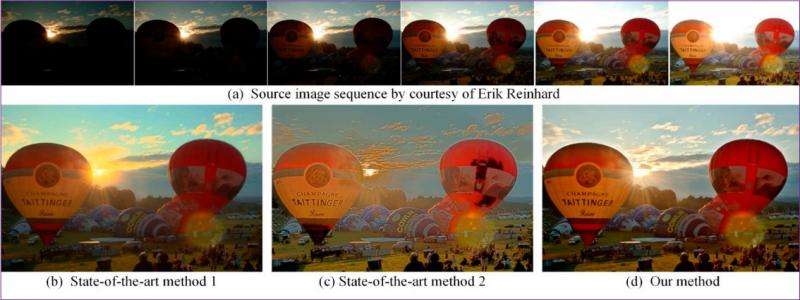High dynamic range imaging via robust multi-exposure image fusion

Multi-exposure image fusion (MEF) can produce an image with high dynamic range (HDR) effect by fusing multiple images with different exposures. The conventional MEF methods require significant pre/post-processing steps to improve the visual quality by reducing spatial artifacts. These methods may produce unwanted artifacts because of the limited processing power of mobile devices and complexities of
real scenes.
The Hong Kong Polytechnic University (PolyU)'s new MEF method decomposes an image patch into three conceptually independent components: signal strength, signal structure and mean intensity. By fusing these components separately, this approach can produce fused images with more vivid color appearances and fewer artifacts in both static and dynamic situations.
Special Features and Advantages
- Accuracy: Reconstruct HDR images with detailed structures
- Robustness: Produce visually appealing results with very few artifacts
- Flexibility: Can be applied to both static and dynamic scenes
Applications
- HDR imaging in consumer grade digital cameras
- HDR imaging in smart-phones
- Image and video enhancement
Provided by ResearchSEA




















